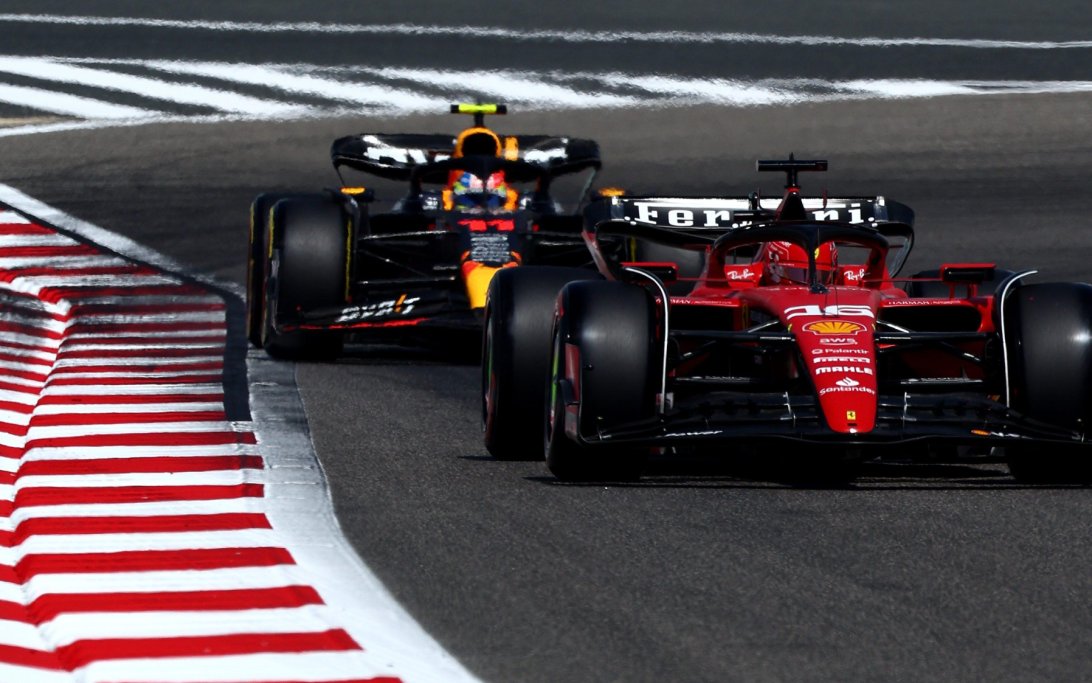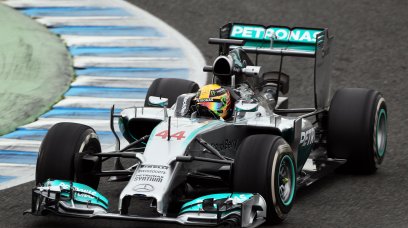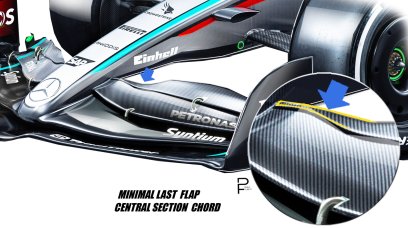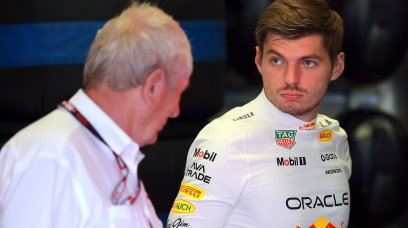For the fourth year in a row Formula 1 teams have jet off to Bahrain for pre-season testing ahead of a new campaign.
It is one of the busiest periods of the calendar as they put milage on their cars, and figure out is there is any major technical or mechanical problems that need addressing before the first race.
Most of the teams are based out of the UK, so you think it would make more sense to host pre-season testing at Silverstone or one of the European tracks.
Instead the Bahrain International Circuit is actually the most economical destination, for two main reasons.
Viewed by others:
Climate control
Firstly the venue allows team access to consistent and representative weather conditions. The climate in Bahrain around this time of year is largely the same, with it unlikely to change dramatically.
It actually only rains for two days per-year in Bahrain during the winter, with the rest of the year being hot and dry.
In Barcelona or Silverstone it is currently the winter period, so the weather is often unpredictable and cold. It could also lead to rain, fog, or even snow which hit Spain in 2018.
This provides a nightmare for teams that want to log data on their cars ahead of the season.
Costs and environmental
The second reason why F1 pre-season testing is in Bahrain is due to the logistics and costs involved.
The season-opener takes place a week later on 29th February to 2nd March, with the first race taking place on a Saturday this year instead of a Sunday.
By switching testing to the 3.3-mile circuit, the costs and environmental aspect can be controlled with equipment not needing to be moved around.
This is especially important during F1's drive to Net Zero, which it hopes to achieve by 2030.
Don't miss out on any of the Formula 1 action thanks to this handy 2026 F1 calendar that can be easily loaded into your smartphone or PC.
Download the calenderMost read
In this article











Join the conversation!